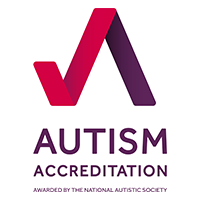Menu
Close
- Home
- Admissions
- About
- Curriculum
- The Riverston Tapestry
- English, Maths & Science
- The Parallel Curricuum
- Skills for Life
- Vocational Studies
- History
- Information Communication Technology and Computer Science
- Modern Foreign Languages
- Art & Design
- Design Technology
- Drama & Performing Arts
- Food Technology
- Music
- Textiles
- Welfare and Wellbeing
- What’s On
- Contact
- Home
- Admissions
- About
- Curriculum
- The Riverston Tapestry
- English, Maths & Science
- The Parallel Curricuum
- Skills for Life
- Vocational Studies
- History
- Information Communication Technology and Computer Science
- Modern Foreign Languages
- Art & Design
- Design Technology
- Drama & Performing Arts
- Food Technology
- Music
- Textiles
- Welfare and Wellbeing
- What’s On
- Contact









